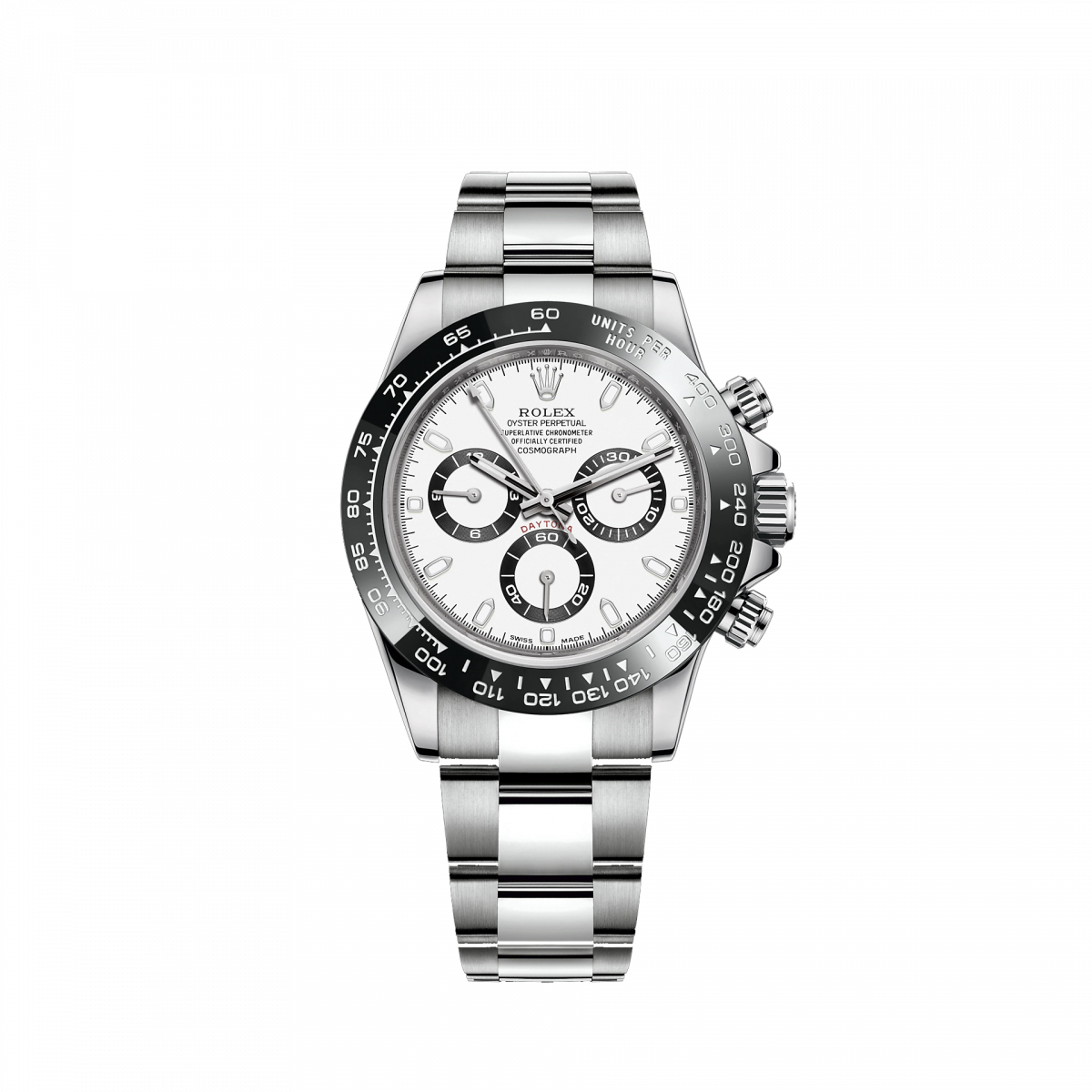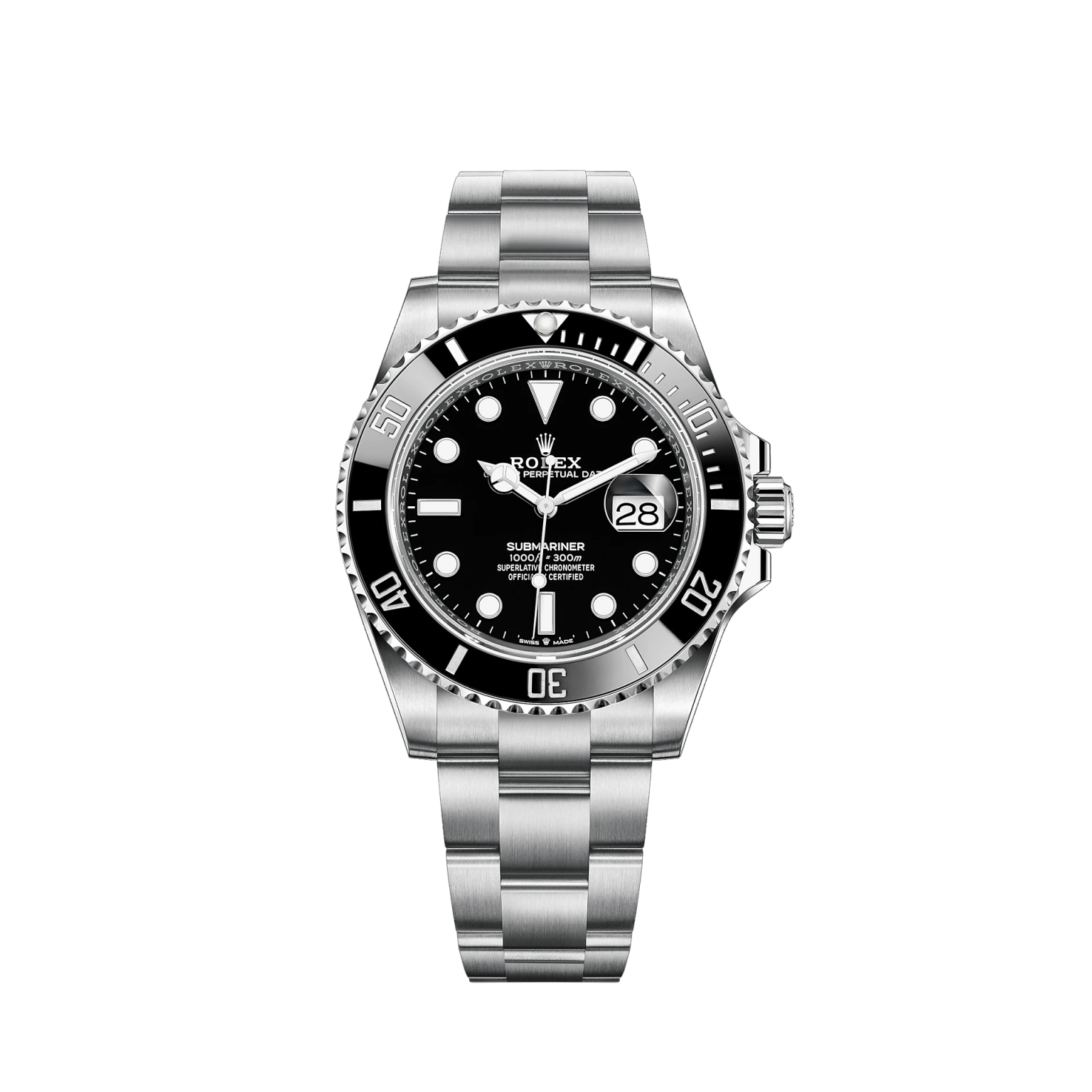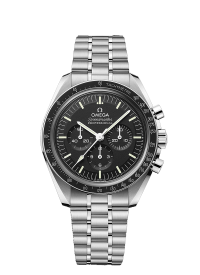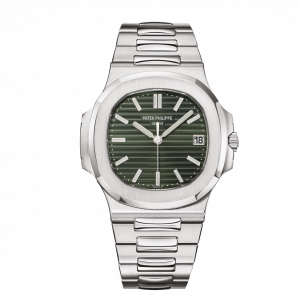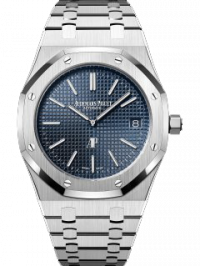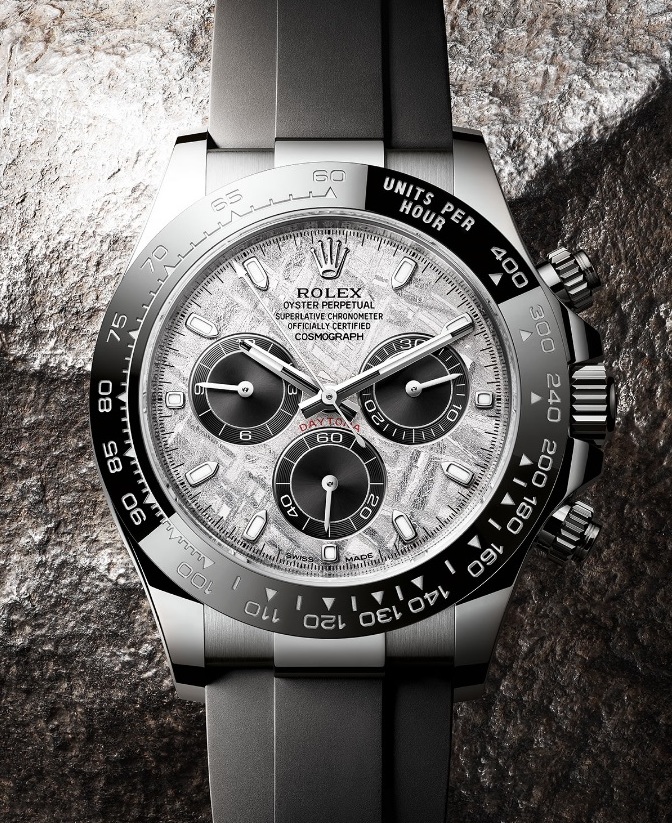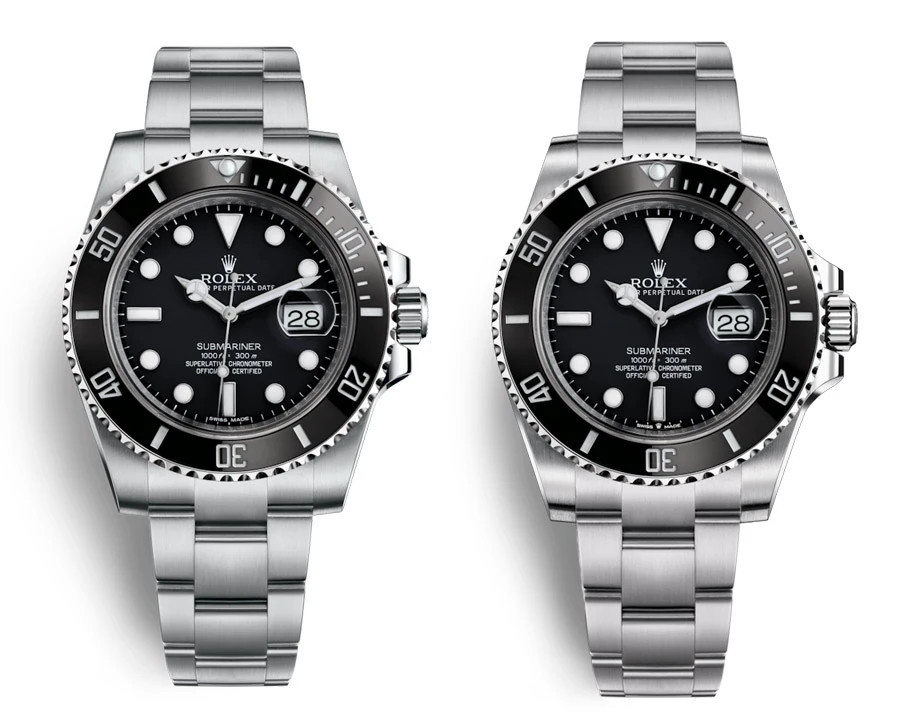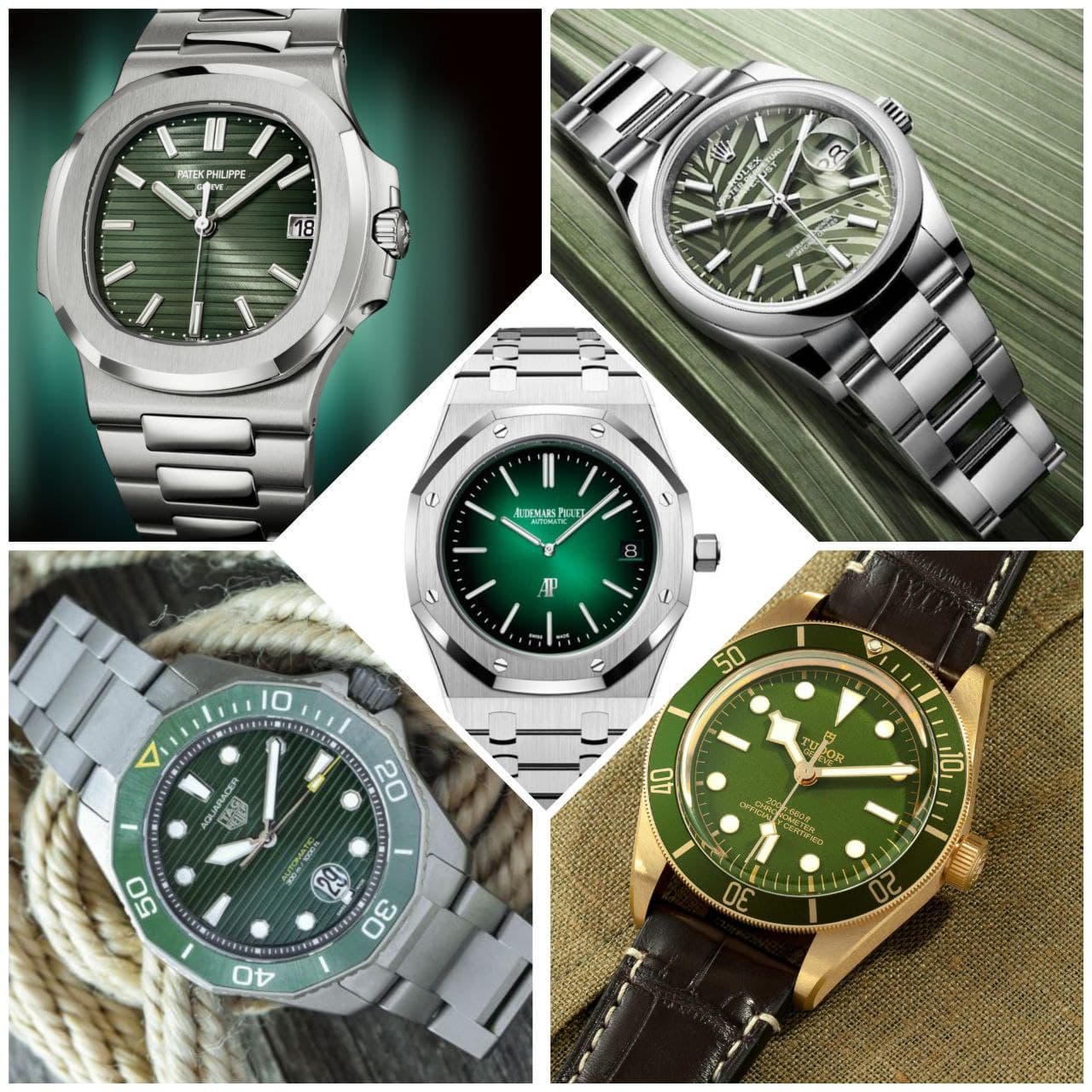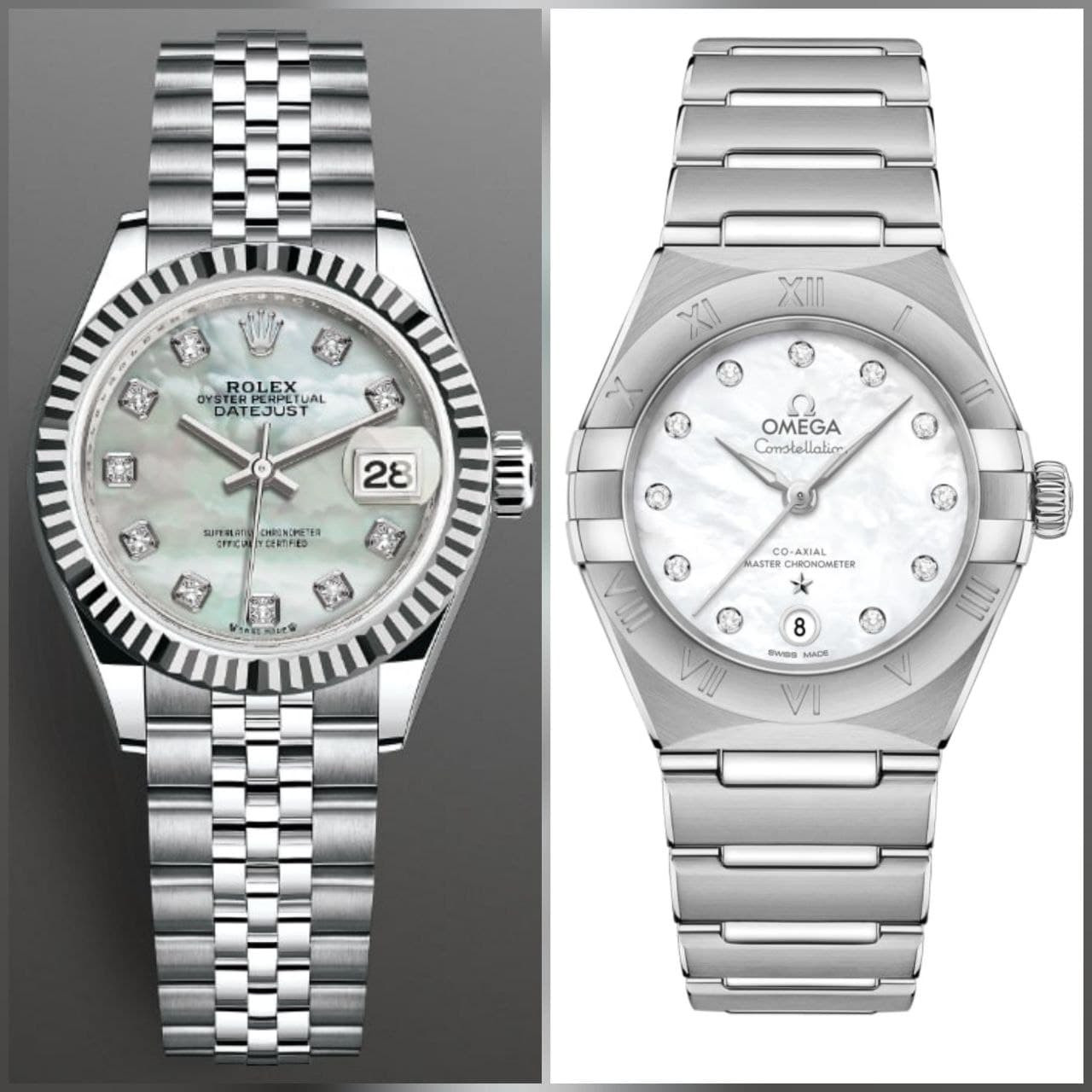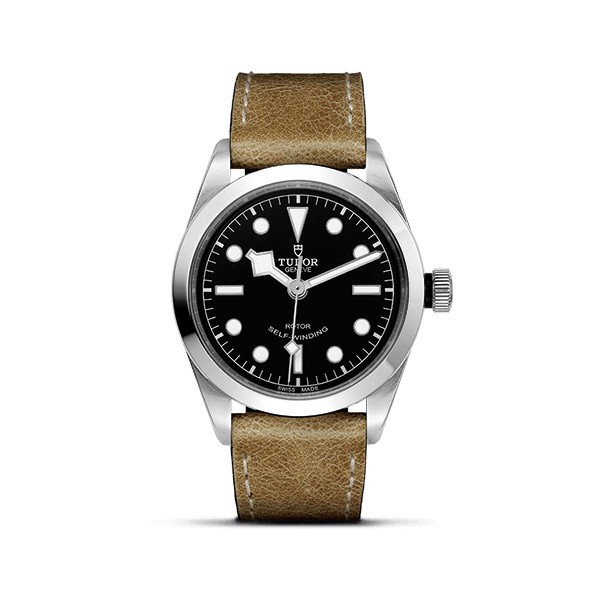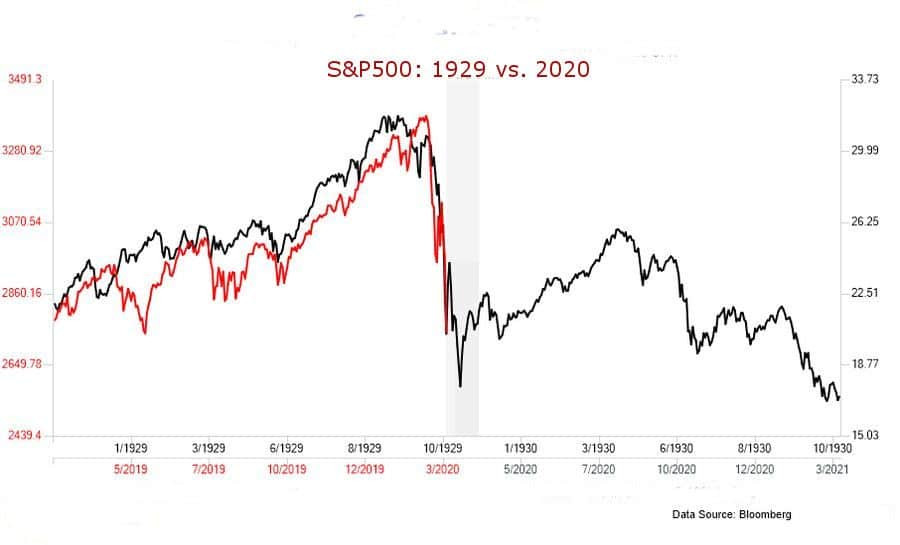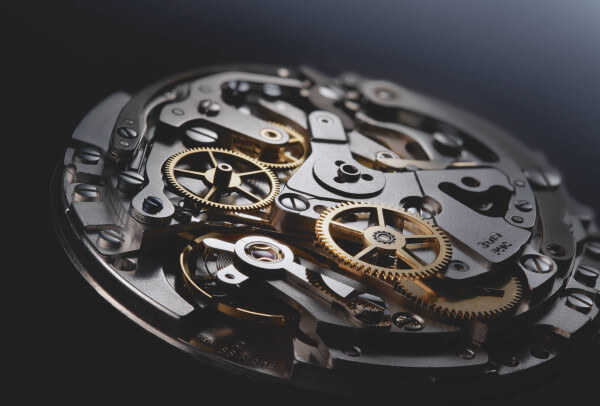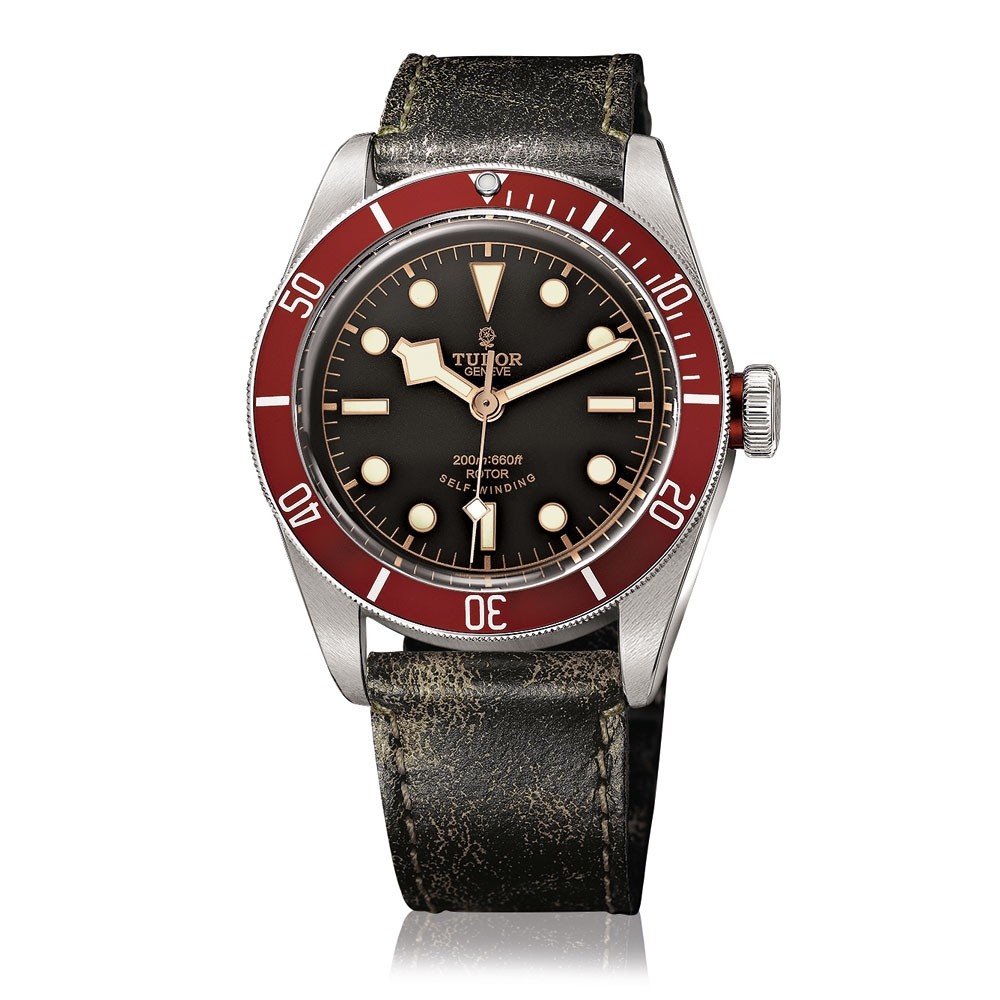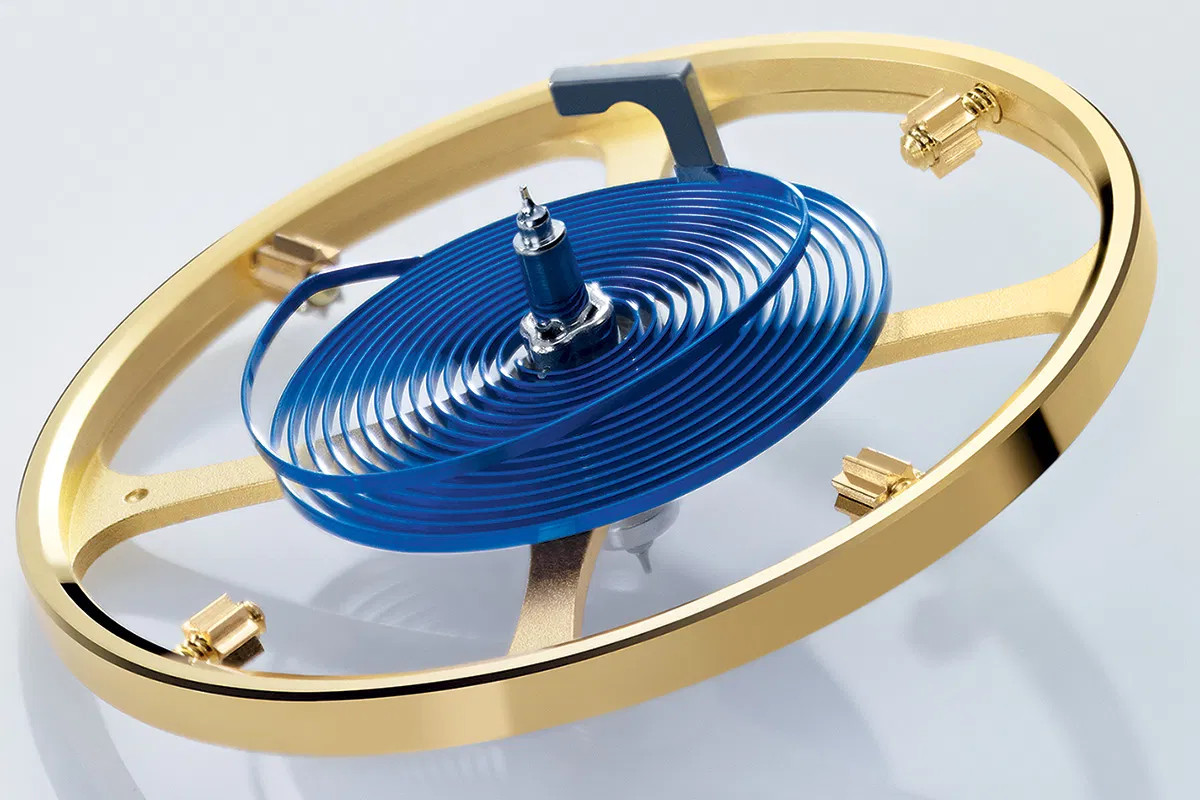Dr. N.
Il glass back it is an accessory appreciated by many watch lovers. Allows you to see the movement of your mechanical watch without having to take it off your wrist. Like all additions to the watch, the glass back has its pros and cons: let's see them together.
Transparent caseback: the story
I first transparent bottoms were made by Omega in the sixties. However, they were not mounted on watches intended for sale on the generalist market: they were tools made for sellers. The idea was that Omega representatives could show the public the quality of the movements of the maison, without having to open the watch and be forced to expose its delicate mechanisms to dust or humidity.
Until the XNUMXs, i bottoms remain generally made in full metal. Adding a glass means new seals and therefore a risk of infiltration if they fail. A glass also involves greater thickness, a fact that was not appreciated until the XNUMXs.
With the spread of more and more massive watches, the presence of an additional glass and the extra half millimeter thickness that it entails becomes less of a problem, in the context of more “full-bodied” timepieces.
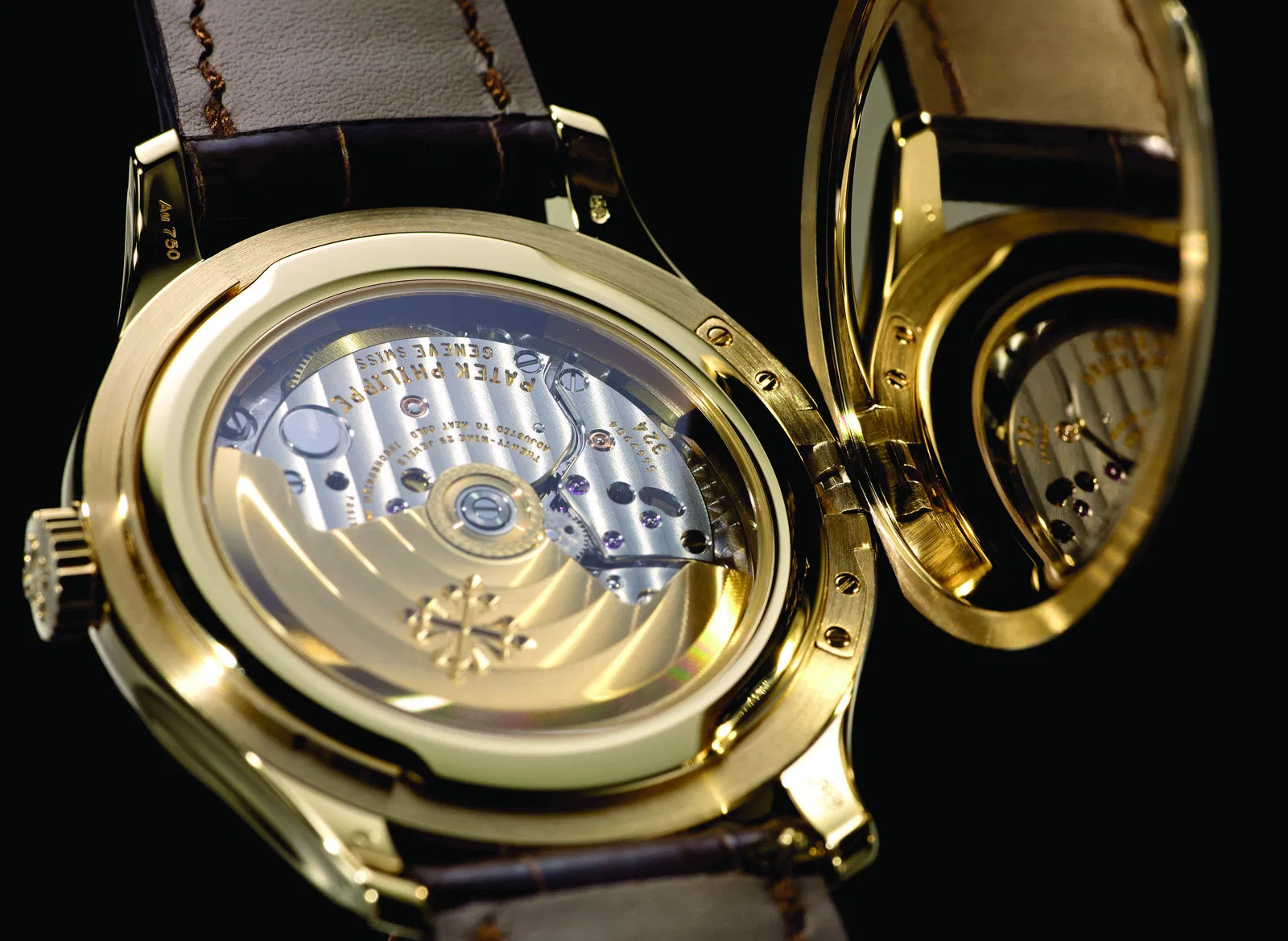
Perhaps the most successful transparent caseback ever: the Patek Philippe Officer case combines the aesthetics of a traditional caseback - with the lid closed, the seam is practically invisible - with the possibility of admiring the refined workmanship of the movement.
The transparent caseback: pros and cons
Il transparent caseback today it is widespread on watches of all kinds, from cheap and robust Seiko 5 to the most refined complicated Swiss watchmaking.
A manufacturer that has rejected the transparent caseback is for sure Rolex. Apart from a Cellini produced for a short time, Rolex has always chosen the robustness of the traditional solid caseback. Moreover, this is in line with the sporting image of Rolex.
Even dive watch manufacturers usually choose not to equip their models diver with transparent caseback. This is for two reasons - which also constitute i against transparent bottoms -:
- The transparent caseback involves the need to install a gasket between the actual caseback and the glass. This gasket, like any rubber component, is vulnerable to the action of time, which eventually makes it brittle and cracked. A potential infiltration point for water, in an object, the watch, which already has several, including the glass seal, the caseback seal and the crown seal.
- A transparent caseback increases the thickness of the watch. Divers are by nature among the tallest watches around, adding bulk is not a good idea.
- The transparent caseback is theoretically more vulnerable to impact than a solid metal one. It is true that, due to the place where it is located - in contact with the wrist - it is very difficult to imagine that a blunt object could hit it.
- The metal caseback allows you to make engravings, to commemorate a particular event such as a wedding: for this reason, watches like the Reverso by Jaeger, with a large metal caseback, are highly appreciated as a gift.
The great advantage of the transparent caseback is the ability to observe the movement inside the watch. Whether it's a simple mass production movement, like a ETA, Sellita, Miyota or Seiko, or a refined in-house caliber finished with Côtes de Genève, any watch enthusiast will appreciate being able to admire the beating heart of their timepiece without having to take it apart.
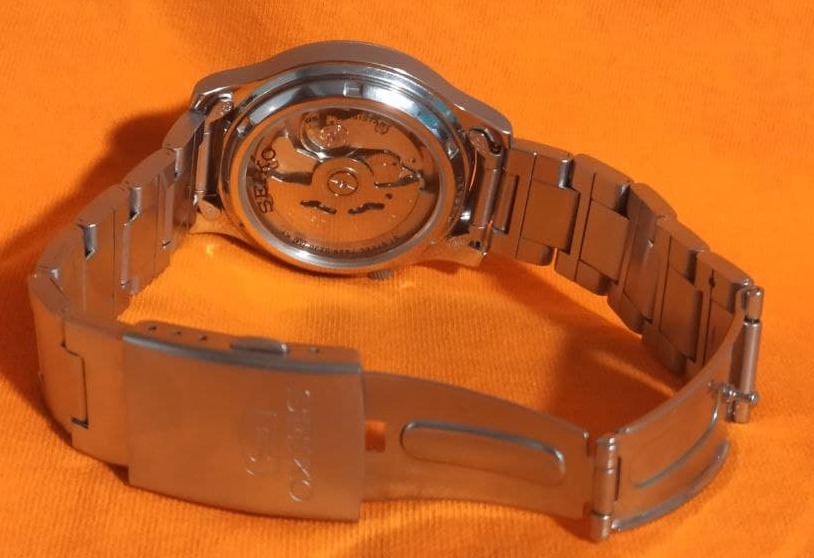
The transparent caseback can be an invitation for a novice to discover mechanical watchmaking: this is why its use in popular watches such as this Seiko 5 is appreciable.
Conclusions: transparent caseback yes or no?
The writer has been able to see how newcomers to watchmaking and experts are equally fascinated by the comings and goings of the balance wheel and the motion of the winding rotor. Of course, a luxury watch will have a more refined and pleasing movement to the eye. But even if you give a simple basic automatic watch, with an external supply movement, to those who have always used battery-powered watches, the glass back it is an immediate way to make the person receiving the watch understand the big difference which passes through a timepiece whose motion is regulated by refined mechanisms and an electronic computer with a quartz oscillator.
Therefore welcome the transparent caseback, if they are able to bring new enthusiasts to the world of mechanical watchmaking ...


